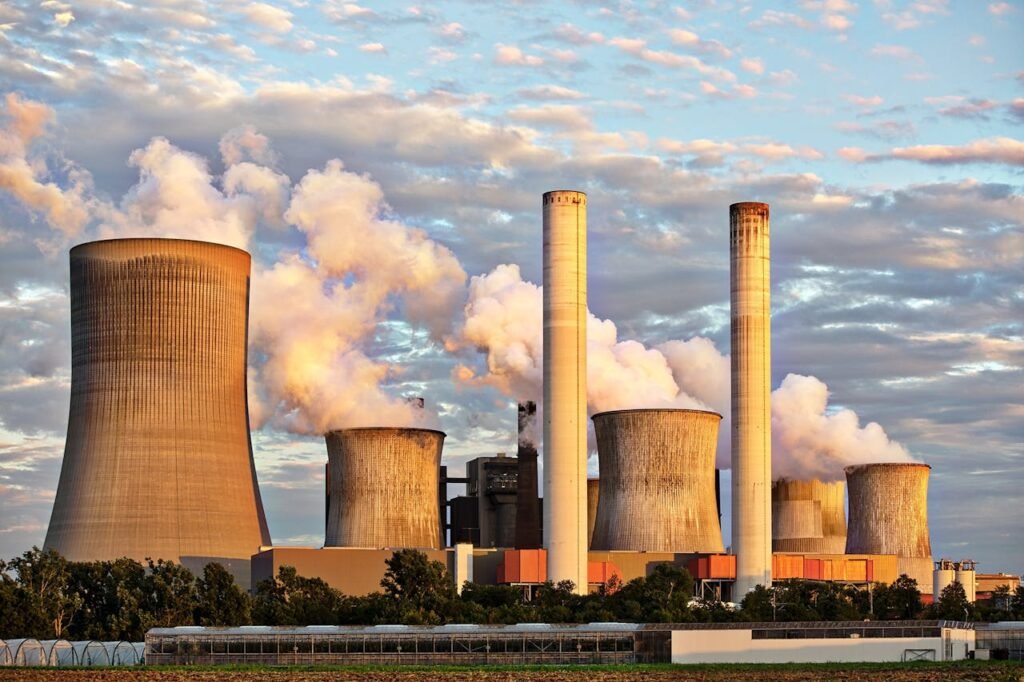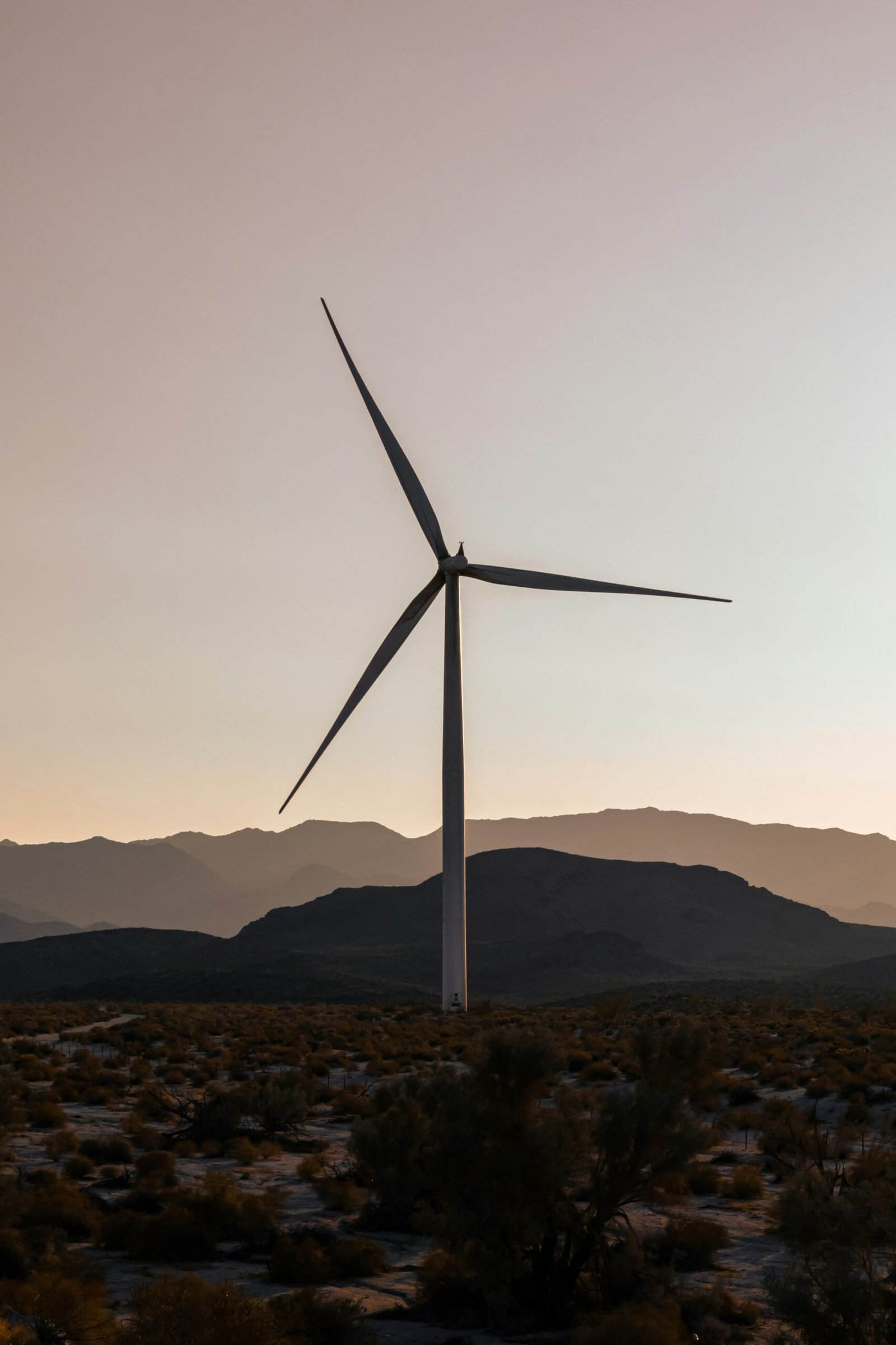Contents
What is Climate Anxiety?
Climate anxiety is a phenomenon that encompasses the persistent fear and worry regarding the future of the planet due to the ongoing threat of climate change. This psychological state has become increasingly prevalent among individuals, especially among younger generations who are keenly aware of environmental degradation and its implications for their future.
Those experiencing climate anxiety may exhibit symptoms such as chronic stress, overwhelming fear, and an acute sense of helplessness when confronted with the realities of climate-related events. The emotional weight of these feelings can significantly impact one’s daily life, influencing decisions and interactions.
Many individuals report feelings of despair and sadness regarding the ongoing destruction of ecosystems and loss of biodiversity. In recent years, studies have indicated that younger individuals, such as millennials and Gen Z, report higher levels of distress compared to older generations. This trend highlights a profound generational divide in how climate change is perceived and internalized.
Many of us feeling this anxiety are compelled to take both personal and collective action, seeking to make a change even if governments have failed to address our environmental concerns. As climate anxiety continues to rise, understanding its manifestations and effects is crucial in addressing not only the emotional toll it takes but also its potential as a catalyst for positive change towards a more sustainable future.
Lets discuss what has been done by governments around the world, the significant roadblocks that cause this anxiety, and what we as citizens can do to address it on a collective level.
The Paris Climate Agreement: A Global Commitment

The Paris Climate Agreement, adopted in December 2015, represents a landmark commitment among nations to combat climate change and mitigate its effects on the planet. Its primary objective is to limit global warming to well below 2 degrees Celsius above pre-industrial levels, with an aspiration to limit the temperature increase to 1.5 degrees Celsius. This groundbreaking pact was established as a way to ensure international cooperation in addressing climate-related challenges, acknowledging that a collective response is crucial for effective action.
Key features of the agreement include the nationally determined contributions (NDCs) framework, which allows countries to set their emissions reduction targets based on their circumstances and capacities. This flexibility aims to encourage participation from all nations, regardless of their economic strength or development stage.
Additionally, the agreement emphasizes the importance of transitioning to renewable energy sources, which is critical for reducing carbon emissions. Nations are encouraged to invest in clean technology and implement laws that support the widespread adoption of sustainable energy.
Nevertheless, the pathway to achieving these ambitious goals has not been without setbacks. Political challenges, such as shifts in government priorities and differing levels of commitment among nations, have undermined efforts to address climate change effectively. Economic barriers, including the reliance on fossil fuels in various economies, further complicate the transition to renewable energy.
Furthermore, global events, including pandemics and conflicts, have diverted attention and resources away from environmental priorities, exacerbating the difficulties faced by countries in meeting their NDCs. The role of accountability and international cooperation remains essential in overcoming these obstacles. Lets discuss some of these barriers to progress in addressing carbon emission goals.
Barriers to Progress in Carbon Emission Reduction

The global effort to mitigate climate change and reduce carbon emissions, primarily driven by the Paris Agreement, faces several significant barriers. One of the primary reasons is the insufficient funding allocated to green energy projects.
Many countries aspire to transition to renewable energy sources, but the financial resources necessary for investment in infrastructure, technology, and research remain inadequate. This lack of funding limits the scope of ambitious projects aimed at reducing emissions and transitioning to sustainable energy solutions, hampering the overall progress of climate goals.
In addition, there is a strong resistance from fossil fuel industries, which continue to exert significant influence over governmental policies and public opinion. Due to their powerful economic interests, these industries often lobby against stringent climate regulations and showcase their role as job providers. This creates a narrative that conflicts with the urgent need to shift away from fossil fuels, undermining the effectiveness of climate action. As a result, many nations find themselves caught between economic security and the pressing need for ecological sustainability.
Lack of public awareness and political will further complicates efforts to reduce carbon emissions. Many citizens remain uninformed about the implications of climate change and the urgency of reducing emissions. Without robust public support, political leaders may be reluctant to prioritize climate initiatives. By taking action on a personal level and voting for representatives in your country that support your beliefs, you contribute to a sustainable future
Contributing to a Renewable Energy Future

As concerns regarding climate change grow, individuals increasingly seek ways to contribute to a renewable energy future. Transitioning to green energy sources such as solar and wind power not only mitigates the impacts of climate anxiety but also empowers individuals to take meaningful action.
One of the foremost steps to consider is the evaluation of one’s home for solar energy installation. Homeowners can assess their energy consumption and the available roof space, determining whether solar panels could significantly reduce their reliance on fossil fuels.
Further, wind energy presents another opportunity for households. In areas where wind speeds are favorable, the installation of small wind turbines can provide a sustainable and eco-friendly alternative to traditional electric sources. By investing in these renewable technologies, we are not only reducing our carbon footprint but also potentially saving on electricity costs in the long run.
Supporting Policy and Community Initiatives

Beyond personal initiatives, supporting policy shifts that favor renewable energy is crucial for creating a sustainable future. Engaging in grassroots movements and advocating for legislation that promotes clean energy can significantly impact community efforts.
Finally, community initiatives play a vital role in fostering collective action towards sustainability. By participating in local environmental groups or volunteer activities, individuals can help drive initiatives aimed at promoting clean energy.
For instance, community solar projects allow people to invest in solar energy collectively, providing access to renewable power for those who may not be able to install solar panels on their homes. These collaborative efforts create a stronger push for sustainability and can make renewable energy more accessible to a wider audience.

